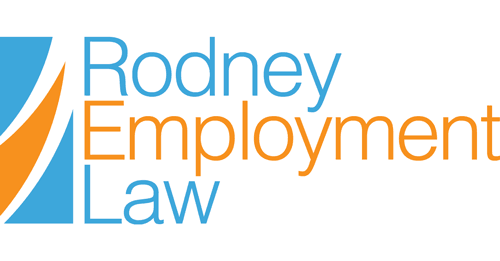The recent and abrupt termination of News Anchor Lisa LaFlamme from CTV News has garnered significant media attention, largely for the manner in which her termination was handled. Shortly after CTV News issued a media release stating that a business decision had been made to terminate her employment, LaFlamme unexpectedly shared her own Twitter video explaining that the decision had left her “blindsided, shocked, and saddened”. The incident has since caused a media controversy, with many speculating that her termination was related to her age and/or gender, and several former Bell Media Employees have subsequently shared their own accounts of alleged discrimination while employed by the organization. In response to the allegations, Bell Media, the parent company of CTV News, has since announced that it will engage a third party to perform an internal workplace investigation. What impact if any, such an investigation will have remains to be seen.
LaFlamme’s termination serves to highlight the importance of effectively managing the departure of employees in order to protect an organization’s reputation and business interests. Such departures should be planned carefully, with strategies in place to address the concerns of the affected individual, other staff, clients, and if appropriate, the public.
Firstly, where possible, it is in the interest of both parties to come to a mutual agreement regarding which details of the departure and transition will be communicated and ensure that both parties adhere closely to the agreed upon talking points. Employees appreciate being able to participate in the narrative regarding their departure, while a consistent message helps minimize any controversy that may exist.
Secondly, employers should ensure that they communicate their expectations regarding confidentiality clearly from the outset of employment and review these expectations upon departure. Employers should also plan well in advance how any company materials, particularly those that contain sensitive information, will be returned by the employee shortly following their termination.
Thirdly, a strong non-disparagement agreement can be an effective tool to ensure that the departing employee does not criticize or otherwise spread negative comments regarding the organization, its staff, or clients post-termination. Such comments, particularly if made online, can be difficult and costly to remove, and often, such as in this case, after the reputational damage has already been done.
Most importantly, as recognized by the Supreme Court and affirmed in this case, “Not only is work fundamental to an individual’s identity, but also that the manner in which employment can be terminated is equally important.”[1] Understanding this, employers should approach any termination with a high degree of empathy, understanding, compassion, and regard for the employee’s privacy. Fairness and empathy are soft skills which are critical in managing the risks that come with terminating an employee or restructuring within an organization.
The team at Rodney Employment Law provides strategic employment law and HR guidance to companies of all sizes across the employment life cycle. For more information, please reach out to the team at Rodney Employment Law at [email protected] or complete our contact form here.
[1] Machtinger v. HOJ Industries Ltd., 1992 CanLII 102 (SCC), [1992] 1 SCR 986 at para
